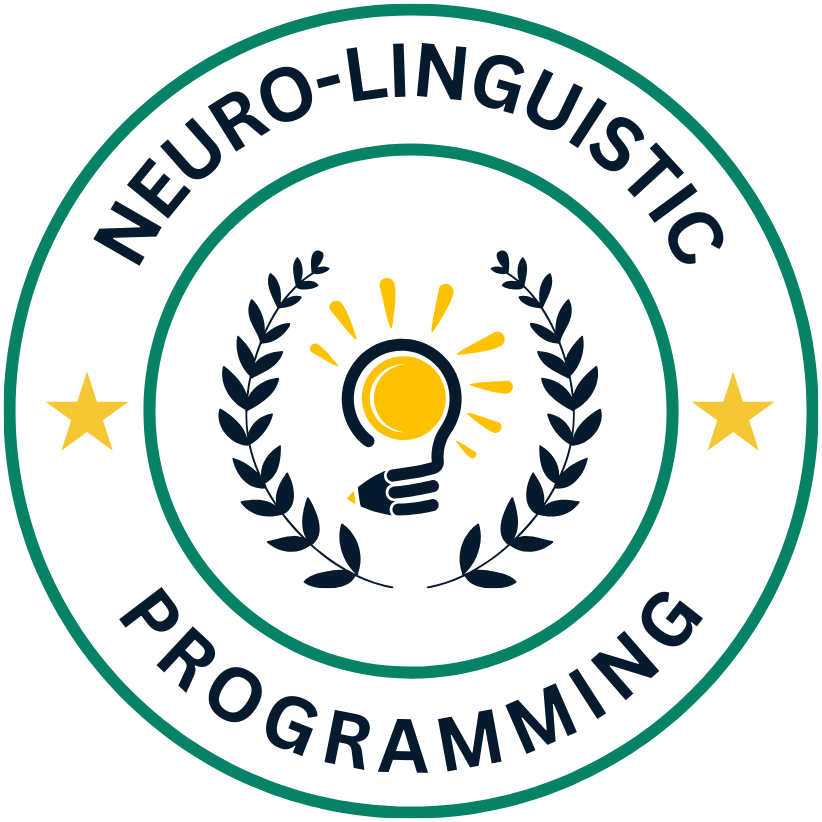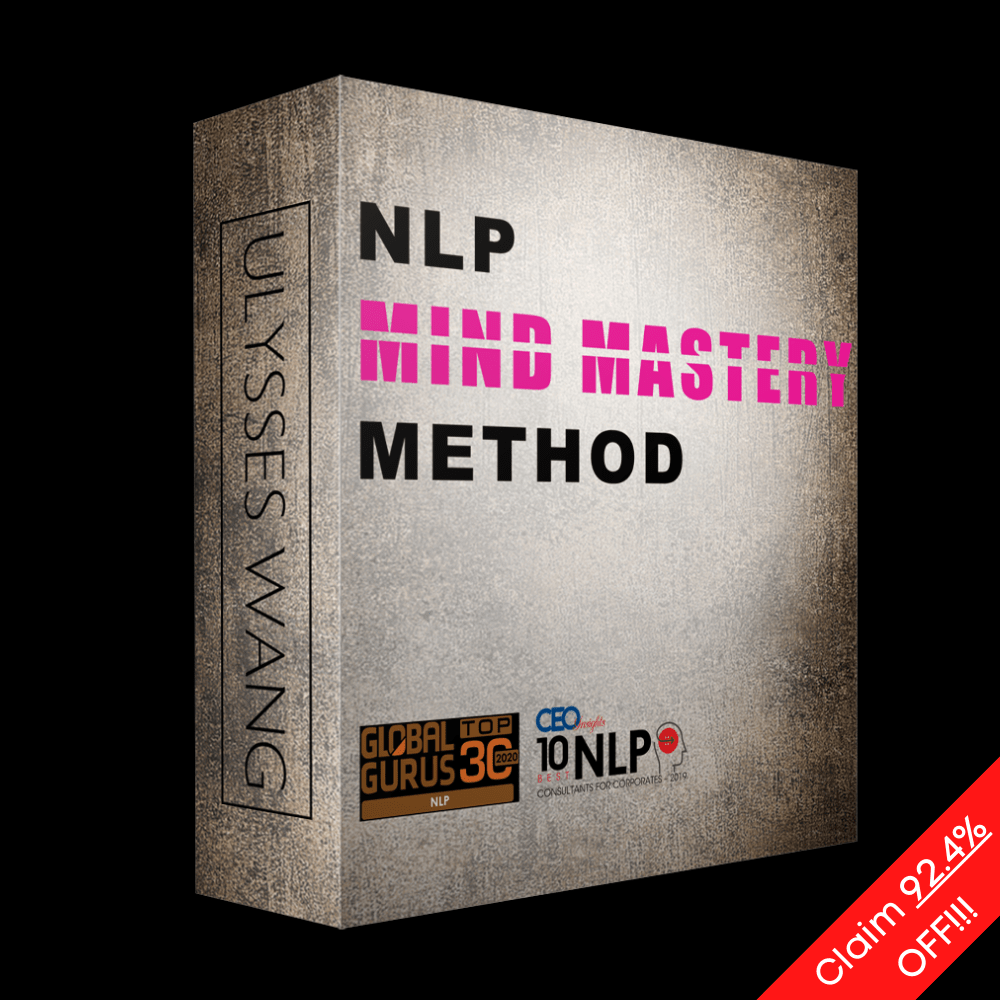Over the course of your life, you’ll encounter deceit in various forms, whether in personal relationships or professional interactions. Understanding the psychology behind why people lie can empower you to navigate these situations more effectively. In this post, you’ll explore the underlying motives for deception, the telltale signs of a liar, and practical strategies to enhance your lie-detection skills. By the end, you will be better equipped to discern truth from falsehood in your everyday encounters.
Understanding the Psychology of Deception
While it may seem that lying is a simplistic act of fabricating information, the psychology behind it is far more complex. People often lie to fulfill various personal needs or desires, which may range from evading punishment, protecting someone’s feelings, to enhancing their status in social situations. Understanding the underlying motivations for deception can help you identify instances of dishonesty more effectively. By recognizing that lies often stem from emotional or situational factors, you can better analyze the context in which the deception occurs.
Factors Contributing to Lying
Lying is influenced by a variety of factors that can shape your personal choice to deceive others. These include psychological comfort, social pressure, and cultural norms. Understanding these motivations can provide valuable insights into why you or others might choose to be dishonest. Some common factors contributing to lying include:
- Fear of negative consequences
- Desire for approval or acceptance
- Need to protect personal reputation
- Pressure to conform to societal expectations
Thou might find that recognizing these factors can significantly enhance your ability to discern when someone might not be telling the truth.
The Cognitive Mechanisms Behind Deception
Lying requires complex cognitive processes that engage multiple areas of your brain. When you fabricate a story, your mind must create a believable narrative while simultaneously monitoring the truth to avoid contradictions. This cognitive juggling often leads to increased mental strain and may cause telltale signs of stress, such as nervous behavior or inconsistencies in your story. Being aware of these mechanisms allows you to recognize potential indicators of deception in others.
Behind the scenes, the emotional and cognitive load of lying can lead to various neurological responses. For instance, when you tell a lie, your brain activates areas associated with decision-making and emotional regulation, which means that the more intricate the lie, the harder your brain has to work to maintain the deceit. This heightened cognitive activity can create discomfort, which you might notice as behavioral cues when someone else is being dishonest. The interplay between these cognitive elements and emotional influences makes understanding deceit a multifaceted endeavor that requires careful observation and critical thinking.

How to Identify Lies
Any effective lie detection strategy involves scrutinizing both verbal and nonverbal behavior. Understanding how to identify discrepancies between what someone says and their body language can enhance your ability to catch deceit. Many people mistakenly believe that lying is solely about the words chosen, yet truth-tellers and liars often exhibit starkly different nonverbal cues. For example, consistent eye contact and open body language generally signal honesty, while a lack of eye contact, nervous gestures, or closed-off postures often indicate discomfort or deceit. By paying close attention to these signals, you enhance your capacity to discern the truth.
Recognizing Nonverbal Cues
Any seasoned observer knows that nonverbal communication often reveals more than spoken words. When assessing someone’s honesty, take note of their facial expressions, gestures, and posture. Inconsistencies, such as a smiling face paired with tense hands, can suggest that the person is not being truthful. Additionally, micro-expressions—brief, involuntary facial expressions that occur in reaction to emotions—can provide valuable insight into a person’s true feelings. By developing your sensitivity to these nonverbal cues, you can better determine when someone might be masking the truth.
Analyzing Verbal Communication
Even while nonverbal signals can be telling, verbal communication also plays a significant role in unveiling deception. Look for inconsistencies in a person’s story and pay attention to the details they include. Liars tend to provide broad details while avoiding specifics or often include vestigial information that serves as a smokescreen. A shift in tone, hesitations, or changes in speech rate can also point to deception. When you listen actively and critically to what someone is saying, you create a clearer picture of their truthfulness.
Recognizing deceptive verbal tactics can be enlightening. For instance, a person may try to distance themselves from the lie by using passive language or avoiding using “I” when discussing certain events. Additionally, overly elaborate stories and excessive justifications often signal an attempt to convince you of their honesty, rather than a straightforward recounting. By training yourself to analyze these verbal cues, you empower yourself to get to the core of the conversation and assess its authenticity more effectively.
Tips for Catching Deception
Some individuals may believe they can spot a lie simply by observing body language or facial expressions. While these cues can provide hints, it is important to combine them with other strategies for more effective detection. Here are some tips to help you catch deception:
- Pay attention to inconsistencies in the story.
- Observe changes in speech patterns.
- Look for defensiveness or aggression when questioned.
- Take note of excessive detail that seems irrelevant.
- Trust your instincts; if something feels off, it might be.
This multifaceted approach can enhance your ability to discern truth from lies.
Effective Questioning Techniques
Techniques for questioning can be powerful tools for uncovering deception. By framing your questions thoughtfully, you can encourage the person to reveal inconsistencies or nervousness. Start with open-ended questions that require more than a simple yes or no response. This allows you to gauge their comfort level while providing an opportunity for potential slip-ups. Additionally, follow-up questions can help you explore details further and catch any discrepancies in their narrative.
Devote attention to the person’s emotional responses as well. Incongruities between their verbal and non-verbal cues can signal that they are not being truthful. By asking questions that require the individual to recount events in different sequences, you further challenge their story. If they struggle to maintain their narrative, you may be substantiating your suspicions of deceit.
Utilizing Technology for Detection
To enhance your ability to catch deception, consider the role technology can play in your strategies. Various applications and tools are available that can analyze speech patterns, detect micro-expressions, and evaluate physiological responses, such as heart rate and sweating. Devices like voice stress analyzers and polygraphs have been used in various settings to indicate potential deceit. However, relying solely on technological solutions is not an effective strategy. It’s imperative to integrate these tools with your observational abilities and questioning techniques.
Detection technology continues to evolve, providing sophisticated insights into human behavior. For example, some advanced programs use artificial intelligence to analyze communication and pick up on potential deception signals that may escape the naked eye. As these technologies become increasingly accessible, you have the opportunity to bolster your judgment with factual data, resulting in a more objective view of the situation at hand. Utilizing this technology could significantly contribute to your overall effectiveness in identifying deception.
Managing Deception in Relationships
Many individuals may grapple with the challenges of deception within their relationships, as dishonesty can undermine the foundations of trust and connection. Understanding how to navigate these complex dynamics is necessary to fostering healthy interactions and a secure environment for open communication. Exploring methods to manage deception can be both enlightening and empowering, allowing you to strengthen your relationships and gain insightful perspectives on human behavior.
Building Trust and Transparency
You should prioritize building trust and transparency as the pillars of a healthy relationship. By openly sharing your thoughts, feelings, and experiences, you create a safe space for both you and your partner to express yourselves freely. Engaging in regular, honest conversations allows you to better understand each other’s perspectives, ultimately minimizing the chances of misinterpretation or deceit. Establishing this environment fosters accountability, where both parties feel more compelled to maintain integrity.
Addressing Dishonesty Constructively
The way you address dishonesty can significantly impact your relationship’s trajectory. Instead of approaching the situation with accusations or anger, consider having a calm, open dialogue about your concerns. This will encourage honesty and make it clear that you value the relationship enough to discuss difficult topics. By focusing on understanding the underlying motivations for the deceit, you two can work together to create solutions that encourage transparency and restore trust.
Plus, maintaining a constructive approach to addressing dishonesty involves actively listening to your partner’s perspective and validating their feelings. This not only fosters a deeper connection but also promotes a sense of mutual respect. By embracing these principles, you can collaboratively shift the focus from blame to growth, transforming potential conflicts into opportunities for strengthening your relationship. This proactive stance enables you to navigate challenges more effectively and reinforces your commitment to maintaining an authentic bond.
Ethical Considerations in Deception Detection
For anyone delving into the intricacies of deception detection, it’s vital to contemplate the ethical considerations that accompany this practice. The line between safeguarding yourself from being deceived and infringing upon someone’s privacy and trust can often become blurred. Engaging with sensitive techniques or psychological assessments to uncover the truth can lead to ethical dilemmas, especially when deception is explored within personal or professional relationships. It’s important to be aware of how you approach this delicate subject, as methodologies that might be effective in identifying deceit can also violate ethical principles, impacting your relationships. For a deeper understanding of the complexities surrounding Deception, consider the implications of your actions and the potential harm of the assumptions that might arise from them.
Moral Implications of Lie Detection
The influx of technology and psychological methods in lie detection brings forth significant moral ambivalence. You may find yourself questioning whether the pursuit of truth justifies the means employed to uncover it. When utilizing tools like polygraphs or behavioral analysis, it’s important to understand that while these methods can reveal inconsistencies in a person’s account, they also curtain individual rights to privacy and autonomy. By placing a spotlight on another’s truthfulness, you risk unwittingly labeling them as untrustworthy, thereby affecting their reputation and relationships negatively.
Balancing Trust and Skepticism
Trust is foundational in any meaningful relationship, yet it can be easily shaken by the specter of deception. As you navigate the waters of interpersonal dynamics, it’s wise to cultivate a healthy level of skepticism without losing sight of the trust that holds connections together. Overzealous suspicion can inadvertently create a climate of distrust, leaving both parties feeling vulnerable and defensive. Therefore, striking a balance between being open to the possibility of deception while maintaining a stance of trust is important for fostering positive interactions.
It’s beneficial for you to actively engage in open communication with those around you. By establishing a dialogue that encourages honesty, you not only invite transparency but also reassure others of your willingness to trust. This approach can mitigate the potential tensions generated by a preoccupation with deceit, allowing you and those you interact with to experience more authentic connections. While it’s smart to remain vigilant, cultivating a balanced perspective can create a more harmonious environment where deception becomes less of a concern and relationships flourish.
The Impact of Deception on Society
Not only does deception shape individual relationships, but it also reverberates through society in broader ways. When you consider the collective impact of lies, you may begin to understand how trust—a foundational component of social interaction—can erode over time. In environments where deception is rampant, the ability to form solid connections with others weakens, leading to an overall decline in social cohesion. Furthermore, the normalization of deceit can create a vicious cycle, where increased suspicion and skepticism lead to more lying, trapping society in a loop of vulnerability and distrust.
Cultural Variations in Lying
Clearly, how you perceive and practice deception often depends on your cultural background. Different societies have varying attitudes toward honesty and dishonesty, influenced by historical, social, and economic factors. For instance, in some cultures, lying might be viewed as a necessary social tool used to navigate complex interpersonal relationships, while others may uphold absolute honesty as a sacred value. This cultural context can shape your understanding of what constitutes a lie and may even affect your own willingness to deceive.
The Role of Deception in Social Dynamics
While the act of lying may seem negative at face value, it can also serve specific functions within social dynamics. In your daily interactions, you may encounter situations where a small lie—often referred to as a “white lie”—is used to protect someone’s feelings or maintain harmony in a group. This nuanced view of deception illustrates that, while sometimes harmful, lying can also facilitate social bonding and create a sense of belonging, allowing individuals to navigate diverse relationships.
To further understand the complexities of deception in social dynamics, consider how you use lies strategically in your life. Whether to avoid conflict, gain an advantage, or fit into a social circle, your motivations for lying may range from benign to self-serving. As you explore the role of deception, reflect on the implications of these choices, as they can significantly affect not only your relationships but also the overall environment of trust and integrity within your community.
Summing up
Taking this into account, understanding the psychology of deception is imperative for navigating both personal and professional interactions. When you recognize the various motivations behind why people lie, such as fear, self-protection, or manipulation, you become better equipped to discern truth from falsehood. This insight allows you to approach conversations with a more analytical mindset, enabling you to detect inconsistencies in behavior and speech that may indicate deceit. By honing your skills in observing body language, speech patterns, and emotional cues, you can significantly improve your ability to identify when someone may not be telling the truth.
Moreover, acknowledging your own potential for deception can foster greater self-awareness and promote honesty in your relationships. By cultivating an environment of trust and openness, you not only improve your interactions with others but also set a standard that encourages authenticity. Ultimately, enhancing your understanding of deception not only protects you from being misled but also helps cultivate deeper, more honest connections with those around you. The power to discern truth from lies rests within your grasp, and with practice, you can navigate the complexities of human behavior more effectively.
FAQ
Q: What are the primary motivations behind why people lie?
A: People lie for various reasons, often driven by personal, social, or situational factors. Some common motivations include the desire to avoid punishment, the need to maintain a certain image or reputation, or even to protect someone else’s feelings. In some cases, individuals may lie to gain an advantage in social, professional, or financial situations. Psychological research indicates that these motivations can be influenced by factors such as personal values, the perceived stakes of honesty versus deceit, and the environment in which the person finds themselves.
Q: How can one effectively detect deception in conversations?
A: Detecting deception involves observing both verbal and non-verbal cues. Key indicators include inconsistencies in a person’s story, changes in their body language, such as avoiding eye contact or fidgeting, and vocal changes, like hesitation or alterations in pitch. It is also helpful to ask open-ended questions that require detailed responses, as liars often struggle to provide consistent, elaborate answers. Moreover, creating a high-pressure environment can sometimes elicit truthful responses as individuals may feel less able to fabricate details under stress.
Q: Are there psychological techniques that can be employed to catch a liar?
A: Yes, several psychological techniques can be used to catch someone in a lie. One effective approach is the use of the “cognitive load” method, where a person is asked to recount their story in reverse order. This technique increases mental effort, making it harder for liars to maintain their fabricated narratives. Additionally, establishing baseline behaviors when someone is being truthful can make it easier to spot deviations when deceit occurs. Employing techniques such as strategic pauses in questioning and encouraging the individual to provide more context can also help reveal inconsistencies, making it easier to catch dishonest statements.



